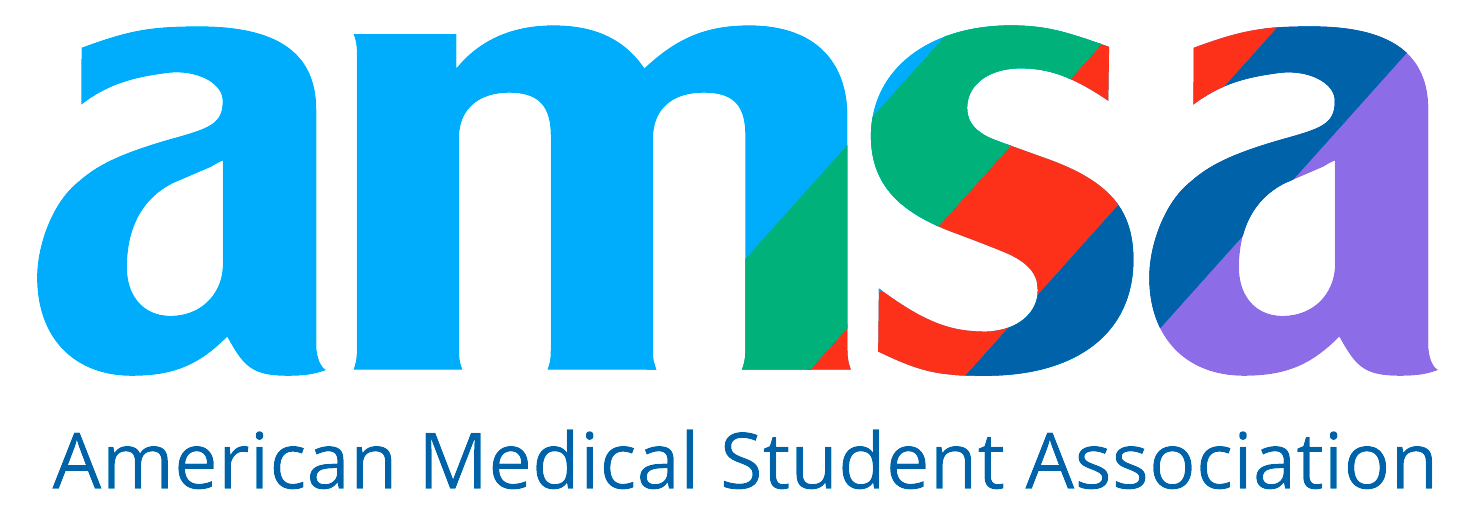MD vs. MD/PhD: Education Paths, and Career Outlook
Go-Elective Abroad
MD vs. MD/PhD: Education Paths, and Career Outlook
Pursuing a career in medicine opens up multiple pathways—two of the most common being the MD and the MD/PhD routes. While both options lead to becoming a licensed physician, the MD/PhD degree offers an additional focus on scientific research. Choosing between these two paths requires careful consideration of your interests, long-term goals, and willingness to commit to intensive training.
In this guide, we’ll explore the key differences between MD and MD/PhD programs, from education and application processes to salary expectations and career trajectories.
Comparing MD and MD/PhD: Education and Duration
MD Programs: A Traditional Route to Clinical Practice
An MD (Doctor of Medicine) program typically takes four years to complete. Students spend the first two years building foundational knowledge through classroom-based coursework in subjects such as anatomy, pharmacology, and pathology. The final two years are dedicated to clinical rotations, where students gain hands-on experience in hospitals and clinics.
After graduating, students enter a residency program that lasts between three and seven years, depending on their chosen specialty. Once residency is complete, doctors must pass licensing exams to begin independent practice.
MD/PhD Programs: Training Physician-Scientists
MD/PhD programs, also known as Medical Scientist Training Programs (MSTPs), combine medical education with rigorous scientific research training. These dual-degree programs take around seven to eight years to complete.
Students in an MD/PhD program follow this general timeline:
- Years 1–2: Pre-clinical medical school coursework
- Years 3–5: PhD research and dissertation
- Years 6–7: Clinical medical school rotations
Graduates must then complete a residency program, which can last another 3–7 years. Many also pursue fellowships to deepen their expertise.
Application Process and Tuition Considerations
Similarities in the Admissions Process
Both MD and MD/PhD applicants typically apply through the American Medical College Application Service (AMCAS). Key components of the application include:
- Coursework and transcripts
- Letters of recommendation
- MCAT scores
- Personal statement
- AMCAS Work and Activities section
In addition, MD/PhD applicants must submit two extra essays detailing their research background and motivations for pursuing a dual degree.
Applicants may also need to complete the CASPer test or the AAMC PREview™ exam, depending on school requirements.
MD vs. MD/PhD Tuition and Financial Support
MD programs typically cost around $37,000 per year for in-state students and up to $62,000 per year for out-of-state or private schools. MD/PhD programs, however, often offer substantial financial aid. Many MSTPs provide:
- Full tuition waivers
- Annual stipends
- Health insurance
Programs funded by the National Institute of General Medical Sciences (NIGMS) often cover most or all costs, making them an attractive option for aspiring physician-scientists.
Competitiveness and Admissions Statistics
Acceptance Rates and Application Strength
MD programs are competitive, but MD/PhD programs are even more selective, with acceptance rates often between 1% and 4%.
Here are average scores for admitted students:
- MD: 511.5 MCAT | 3.73 GPA
- MD/PhD: 516 MCAT | 3.80 GPA
If your stats fall short of MD/PhD averages, consider retaking the MCAT or strengthening your application through pre-med experiences, such as Pre-Med Shadowing Study Abroad in Kenya or Tanzania.
Career Outlook: MD vs. MD/PhD
What Do MD Graduates Do?
MD graduates typically pursue careers as practicing physicians in hospitals, clinics, or private practice. Popular specialties include:
- Internal Medicine
- Pediatrics
- Family Medicine
- Emergency Medicine
Physicians may also take on roles in teaching, healthcare leadership, or public health.
Average MD salary range: $180,000–$280,000 per year
MD/PhD Career Paths
MD/PhD graduates—often called physician-scientists—combine clinical care with biomedical research. Their roles may include:
- Faculty at academic medical centers
- Researchers at the NIH or private labs
- Clinicians in specialized hospitals
- Medical innovators and biotech leaders
Roughly 80% of MD/PhD holders work in academia, government, or research institutions. The average salary for MD/PhD professionals ranges from $60,000 to $115,000 annually during research-focused phases, increasing with clinical responsibilities.
Which Program Is Right for You?
Evaluate Your Motivation and Interests
Choosing between MD and MD/PhD should begin with self-reflection. Ask yourself:
- Do I love clinical work more than research?
- Am I excited about spending years conducting original research?
- Do I envision a future in academia, medicine, or both?
Students driven by both clinical practice and scientific discovery may thrive in MD/PhD programs. Those passionate primarily about patient care might find the traditional MD path more suitable.
Use Experience to Inform Your Choice
Hands-on exposure is the best way to determine your path. Gain experience in both clinical and research environments before applying.
- Volunteer at hospitals and clinics
- Shadow physicians
- Assist in undergraduate research labs
- Participate in a medical internship abroad
> Learn More About Go Elective’s Global Health Programs
Financial Factors to Keep in Mind
Although MD/PhD programs may offer tuition-free education and stipends, cost alone should not drive your decision. Instead, weigh all factors:
- Career goals
- Timeline to practice
- Work-life balance
- Academic interests
Final Thoughts: MD or MD/PhD—Choose What Fits You
Both the MD and MD/PhD pathways lead to impactful careers in healthcare. Whether you see yourself in a white coat treating patients or in a lab coat discovering medical breakthroughs, choosing the right program starts with understanding your values and goals.
If you're ready to explore your interests further and strengthen your application through hands-on clinical experience, Go Elective offers international healthcare internships that combine mentorship, hospital shadowing, and cultural immersion. Apply Today to Join a Pre-Med Shadowing Program Abroad
Article Details
Categories
Recent Articles , Pre-health, Medical Electives, Med Schools,
Author: Go-Elective Abroad
Date Published: Sep 7, 2025
Travel with us.
Inquire Today!
Go Elective offers immersive opportunities for medical students, pre-med undergraduates, residents, nursing practitioners, and PAs to gain guided invaluable experience in busy hospitals abroad. Discover the power of study, travel, and impact.






